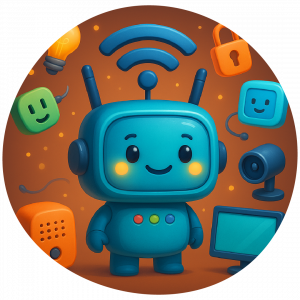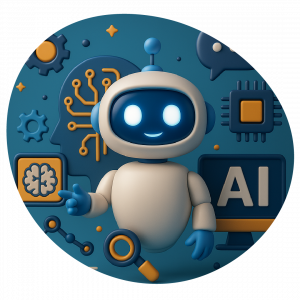The use of ICT is a reality in schools and digital citizenship calls for strengthening digital competence, which today has become an indicator of quality in school and social development.
It is fundamental to offer students with Down Syndrome this access to ICT so that they have the same opportunities to learn and develop their digital skills in a playful and eye-catching way. For this you need:
- Technologies that are accessible according to your needs and skills.
- Educational responses adapted to their reality, reaching the specific educational objectives of the official curriculum, through the contents and a methodology according to their needs.
- Opportunities to participate in tasks and activities like other students to strengthen inclusion.
In TBox we are interested in communicating the advantages that technology resources bring to the comprehensive education of people with Down Syndrome. Therefore, we share some benefits that ICTs bring in the teaching-learning process:
- They increase the capacity to acquire information by using selective memory and working memory to retain, evoke and relate different information that is being acquired.
- Empower semantic memory, related to the meaning of words and knowledge.
- They use a system of attention that makes it possible to go through visual and auditory perception to stay in working memory, which helps assimilate content in the long term.
- They allow a better understanding of the abstract, since various multimedia resources are used.
- Correct important language disorders through dynamic resources.
Students with Down Syndrome can use different technology devices, according to their scope, to develop the cognitive skills and abilities necessary to achieve the competences that the educational process assigns them and the one that daily life demands of them.

What applications can we use?
Some examples are:
Perceive and discriminate sounds
https://itunes.apple.com/es/app/los-sonidos-los-animales-caja/id300979900?mt=8
https://play.google.com/store/apps/details?id=com.robertosuarez.juegoparanene2
Know and expand the vocabulary
http://itunes.apple.com/es/app/flashcards-para-ipad-free/id394838247?mt=8
https://play.google.com/store/apps/details?id=com.EducaGames.DinoTim&hl=es_419
Know and identify the letters of the alphabet
https://play.google.com/store/apps/details?id=com.binibambini.abc
Adapted reading and writing
http://ntic.educacion.es/w3//eos/MaterialesEducativos/mem2007/lectoescritura_adaptada/lea/index.html
Educational games that strengthen different competences
Educational games and teaching resources to implement in the classroom
When we focus on a student’s disability, we stop seeing their abilities, authenticity and beauty. Once we learn to accept each child in the classroom as he or she is, that day we will learn that we are all unique and full of talents that cannot be compared or underestimated.



